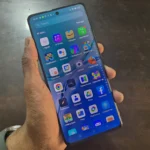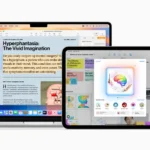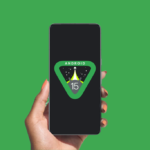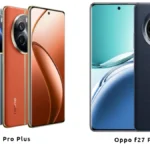Both Huawei MatePad SE 11 and Xiaomi Redmi Pad SE are budget tablets aiming to deliver the essentials at an affordable price point. Launched in June 2024, the MatePad SE 11 is the newer entrant, while the Redmi Pad SE hit the market globally last year and recently launched in India in April 2024. Let’s delve into their specifications, features, and strengths to help you decide which one might be the better choice for you.

Table of Contents
1. Display
The tablets share similar screen sizes – an 11-inch FHD+ LCD panel (1920 x 1200 pixels). However, the Redmi Pad SE boasts a smoother user experience with a 90Hz refresh rate compared to the MatePad SE 11’s standard 60Hz refresh rate. This translates to smoother scrolling, animations, and potentially better gaming performance on the Redmi Pad SE.
2. Design and Build
Both tablets opt for a metal build, offering a premium look and feel. The MatePad SE 11 comes in Crystal Blue and Nebula Gray, while the Redmi Pad SE offers a wider color variety with Lavender Purple, Graphite Gray, and Mint Green options. Dimensionally, they are very close with the Redmi Pad SE being slightly heavier (478g vs 475g for the MatePad SE 11).
3. Processor and Software
The exact processor powering the MatePad SE 11 remains unconfirmed by Huawei. Leaks suggest it could be either a Kirin 710A or a Snapdragon 680 chipset. The Redmi Pad SE comes equipped with the Snapdragon 680 SoC. Both processors are capable of handling everyday tasks, light gaming, and browsing the web. However, the Snapdragon 680 might offer slightly better performance, especially for multitasking, due to its more recent architecture.
The software side presents a significant difference. The MatePad SE 11 runs on HarmonyOS 2.0, Huawei’s own operating system. While HarmonyOS offers a smooth experience, you might miss popular Google apps like Gmail, Play Store, and YouTube due to ongoing US trade restrictions. The Redmi Pad SE runs on Android 13 with MIUI 14 for Pad on top (upgradable to HyperOS), giving you full access to the Google Play Store and its vast app library.
4. Storage and RAM
Both tablets offer a variety of storage and RAM options. The MatePad SE 11 comes in 64GB or 128GB storage configurations, with RAM options of 4GB, 6GB, or 8GB. The Redmi Pad SE offers 128GB storage with 4GB, 6GB, or 8GB of RAM and up to 1TB expandable storage using microSD. Users who prioritize multitasking and storing a lot of media might prefer the 8GB RAM option on either tablet.
5. Cameras
Neither tablet boasts impressive camera setups. Both the MatePad SE 11 and Redmi Pad SE sport an 8MP rear camera and a 5MP front-facing camera, suitable for basic video calls and casual photos. If you plan on taking a lot of pictures with your tablet, you might be better off using a smartphone.
6. Battery Life
The MatePad SE 11 packs a substantial 7700mAh battery, which should easily last a full day of moderate to heavy usage. Additionally, it supports 22.5W fast charging, ensuring quick top-ups when needed. While the Redmi Pad SE also has an 8000mAh battery, it only supports 10W charging, which means longer charging times compared to the MatePad SE 11.
7. Special Features
The Huawei MatePad SE 11 boasts support for the M-Pen Lite stylus, which allows for writing, drawing, and note-taking. This can be a valuable addition for students or creative professionals. The tablet also features multi-window, a kid’s corner for safe and controlled use, and MeeTime calling for video communication. Both tablets offer quad speakers for better multimedia experiences.
8. Price
Pricing information for the Huawei MatePad SE 11 is not yet available globally. The Redmi Pad SE, however, has already been launched and starts at around €199 in Europe and Rs. 12,999 in India for the 4GB + 128GB variant.









